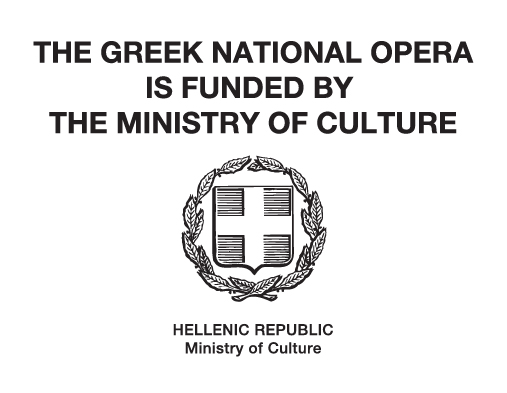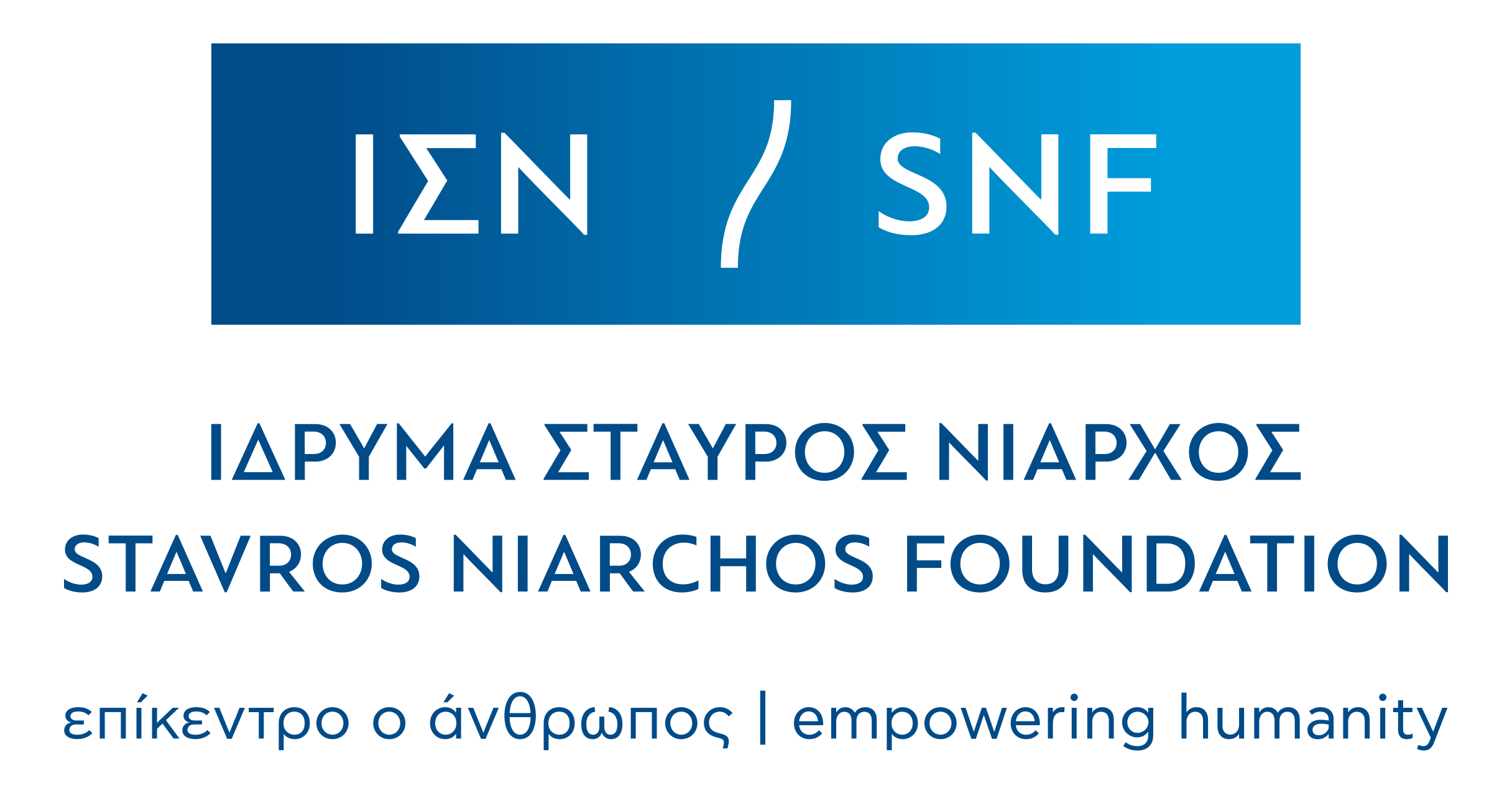
�
Lead Donor of the GNO
�
�
�
�
The Greek National Opera introduces an unknown jewel of the Ionian Music School to the public. Following its remarkable success in late-19th century Europe, Flora mirabilis returns to meet the Greek audience in March 2025. The opera will be presented in a new, restored form, with the aim of reintroducing it into the European operatic repertoire. The masterful music of the prolific cosmopolitan Corfiot composer Spyridon-Filiskos Samaras, known for its effortless melodic inspiration, imaginative harmonious language, intricate arrangement, deep understanding of vocal composition, and an innate theatrical perception of musical dramaturgy, positions him as an equal to the renowned European composers of his era.
Flora mirabilis is described as �a musical legend in three acts�. The Italian libretto was penned by Ferdinando Fontana, who also wrote the librettos for Puccini's first two melodramas. Its allegorical plot is set in medieval Sweden. The opera was first performed at the Carcano Theatre in Milan, on 16 May 1886. It was so successful that the next year it was staged at La Scala, Milan, with a creative team of famous figures. The performance was conducted by the renowned conductor Franco Fazzio, while the leading role of Lydia was sung by Emma Calvé, one of the most famous female opera singers of the belle époque, known for her performance in Carmen. Flora mirabilis was Samaras' first significant international success and was showcased at various Italian theatres, as well as venues in Cologne and Vienna. Its music is aligned with the spirit of the late 19th-century Italian composers, such as Puccini, Mascagni, and Leoncavallo.
Unfortunately, the opera's score was destroyed, along with a large part of the archive of the Italian publishing house Casa Musicale Sonzogno in 1943, during the bombardment of Milan by the forces of the Allies. The only thing that survived was the edition of the reduction for voices and piano, which had been released in many copies and was widespread in libraries and private collections. It was on this edition that the Greek National Opera based the work's revival in April 1979, with a new arrangement by the legendary conductor Odysseas Dimitriadis, who also conducted the performances.
However, almost a decade ago, a significant portion of the original orchestral musical material was discovered in the musical archives of the Philharmonic Company �Mantzaros� on Corfu. In 2016, a copy of this material was exclusively entrusted to the Greek National Opera. This new material, along with the existing original arrangement of two dance excerpts stored in the GNO Musical Library, was reviewed by musicologist and clarinetist Yannis Samprovalakis, who is also an Associate Professor at the Ionian University. Samprovalakis complemented and restored the opera's original arrangement, and also curated the score's new edition. The work will be performed by the GNO in its restored form for the first time.
Director Yannis Skourletis remarks on the production: �Winter 1889. An elegant ribbon tied to the flower-decorated boxes of San Giacomo Theatre, in Corfu, next to the bass-relief griffons and the lit lampposts, would read in golden letters: 'Long live Samaras, the Greek composer, the composer of Flora.' Following its triumphant debut at Italian theatres, the time had come for Flora mirabilis to return and be listened to in its homeland. Samaras' case is one of a kind. He was placed on an equal footing on the international scene with the circles of the famous operatic �Giovane Scuola� (New School). The New School represented a period of transition and renewal for Italian opera, characterised by the rise of the verismo movement, which included prominent figures such as Puccini, Mascagni, and Leoncavallo. The libretto of Flora mirabilis penned by Ferdinando Fontana and inspired by a medieval Swedish legend from the 15th century, hides a story from Boccaccio's Decameron in its core. Aligned with the aesthetics of Romanticism, Flora mirabilis allows me to attempt a return to the dark woods of the elves, the roots of an old yet so modern and necessary sentiment. Romanticism, eerie and unfamiliar, rebuilds the ruins of a life devastated by desire. Flora mirabilis comes back to sing again of the love that transcends through centuries as the only truth. The dance of flowers and demons reveals a miracle: love can make roses bloom even in the snow.�
�
�
�
�













